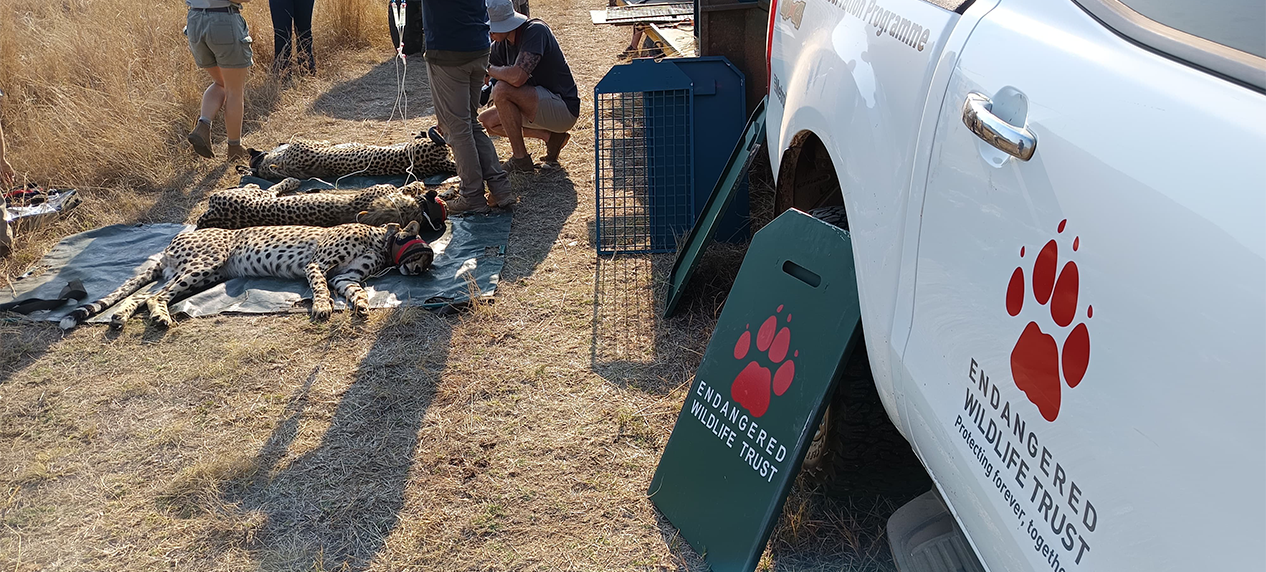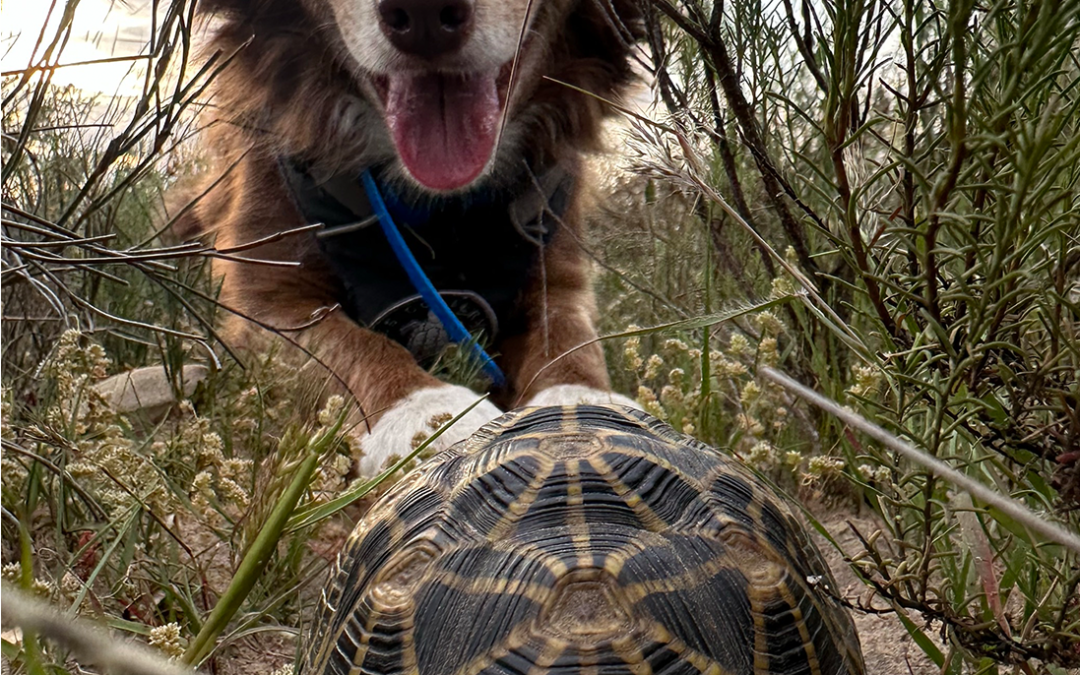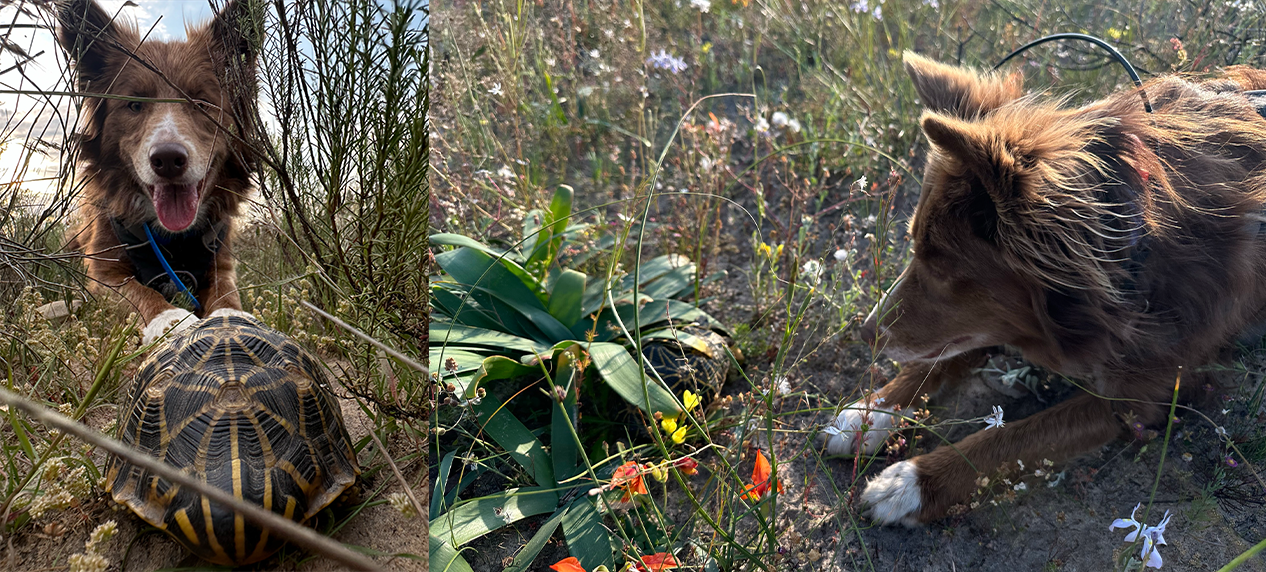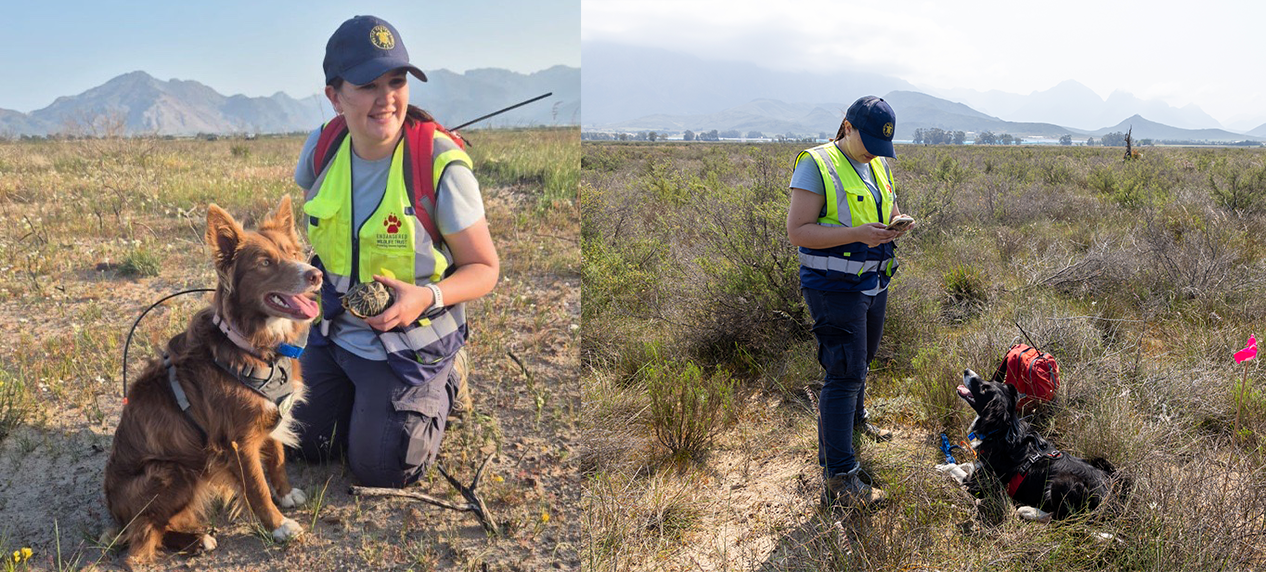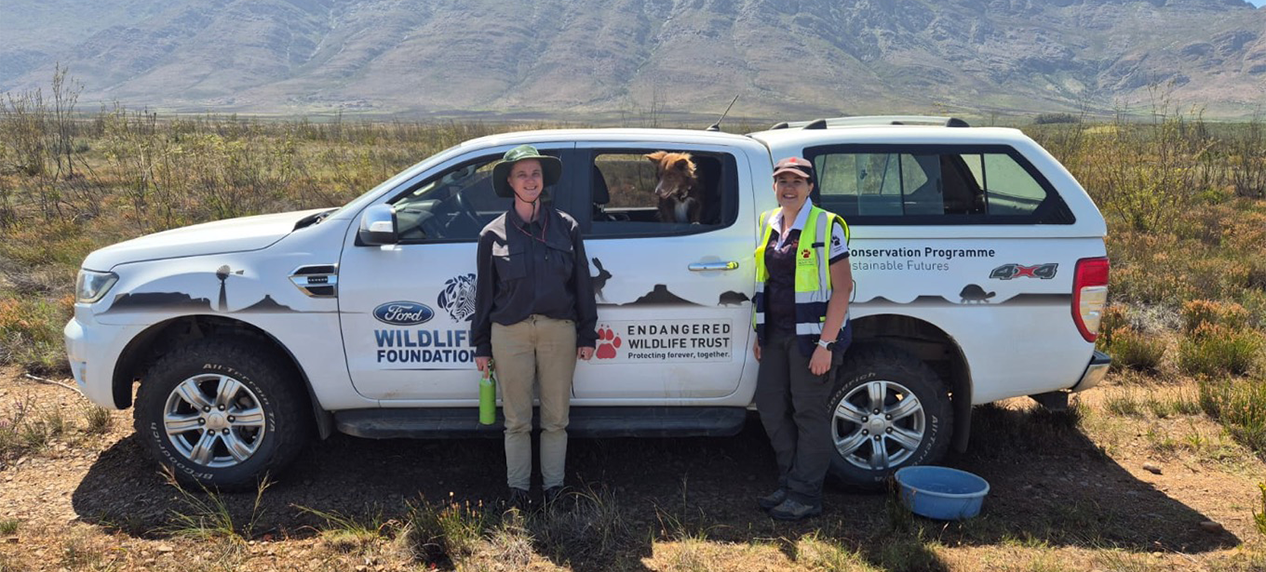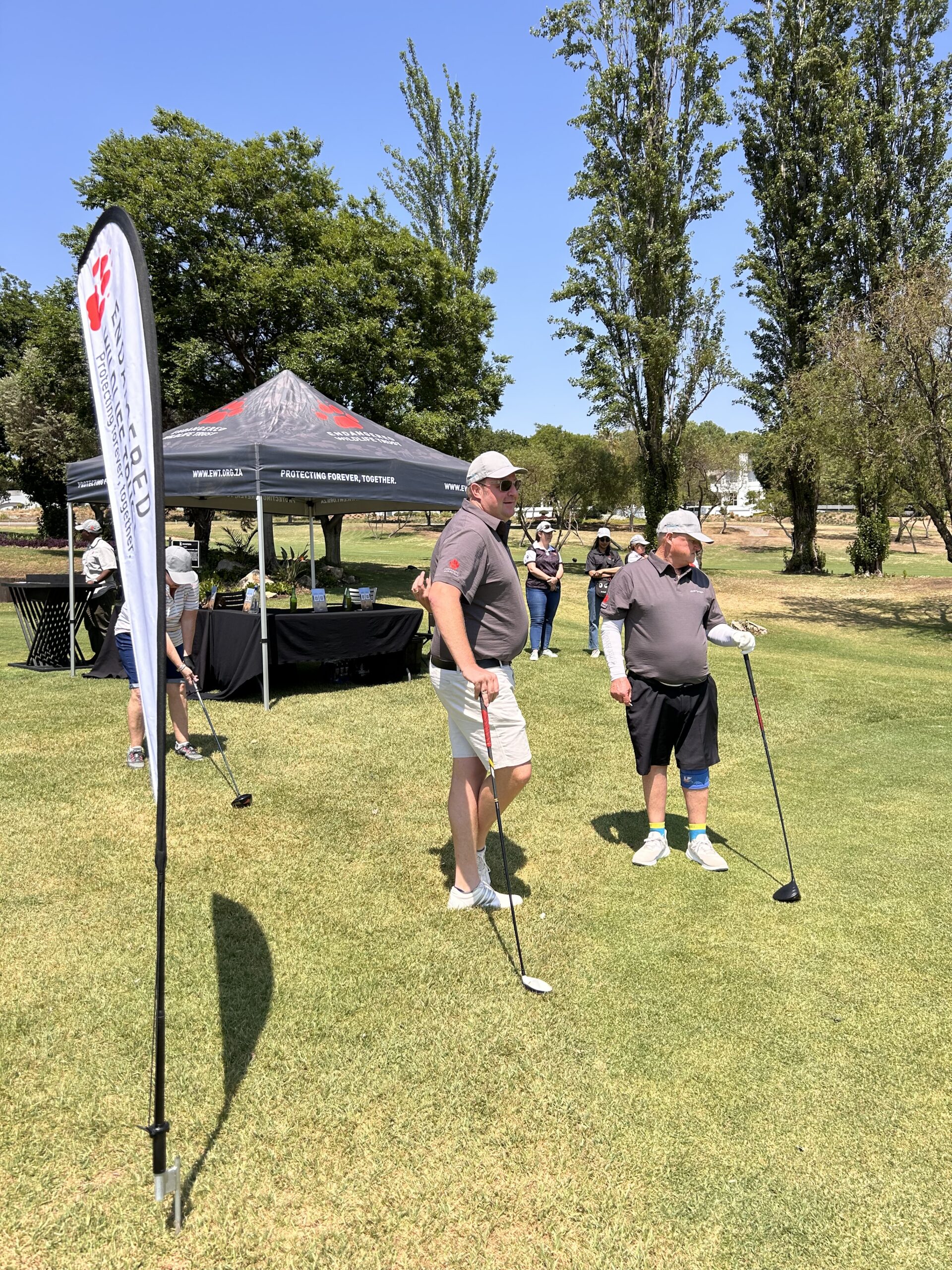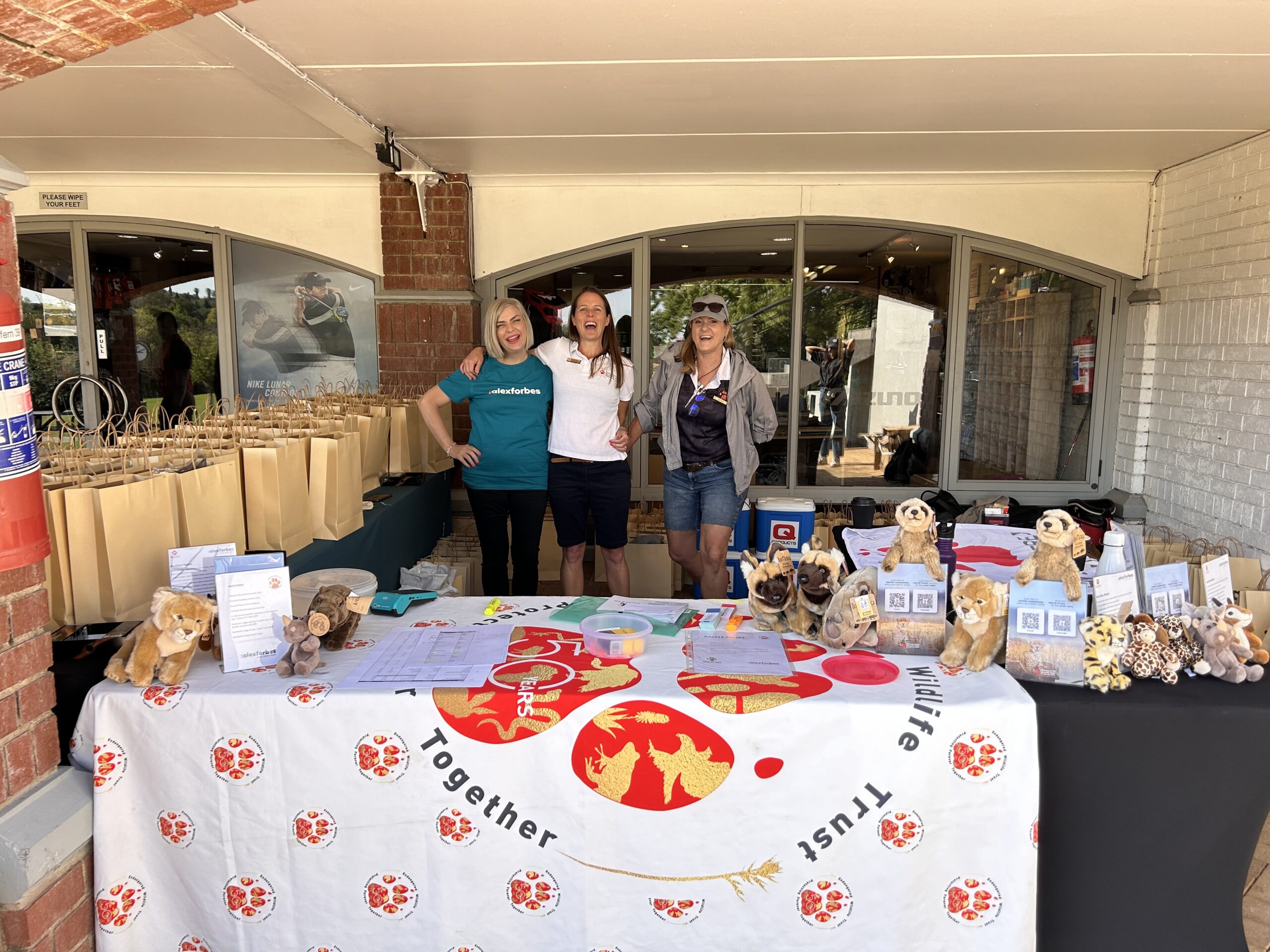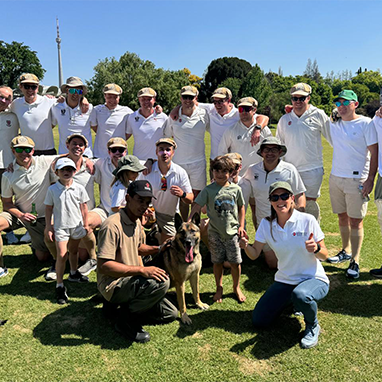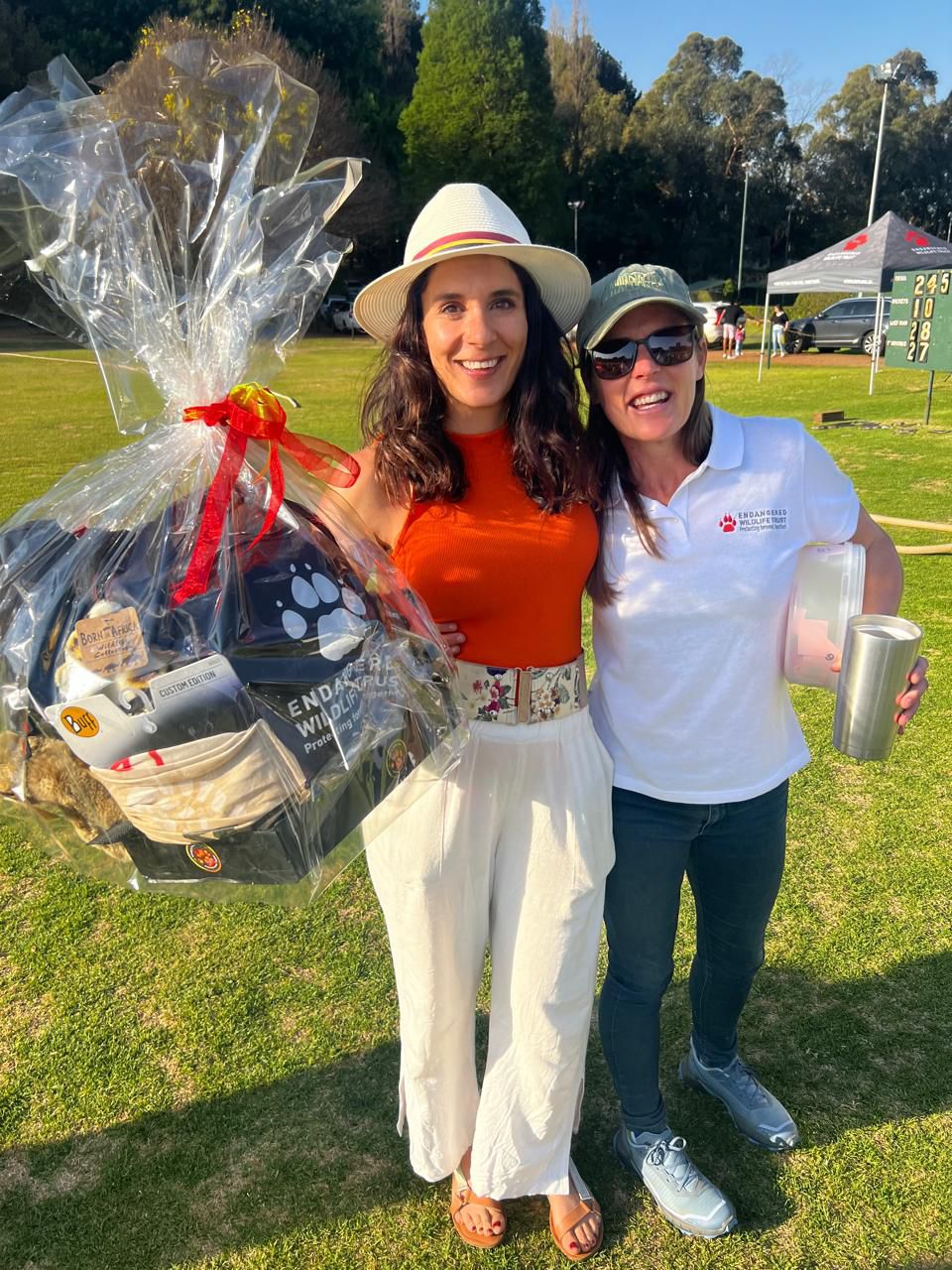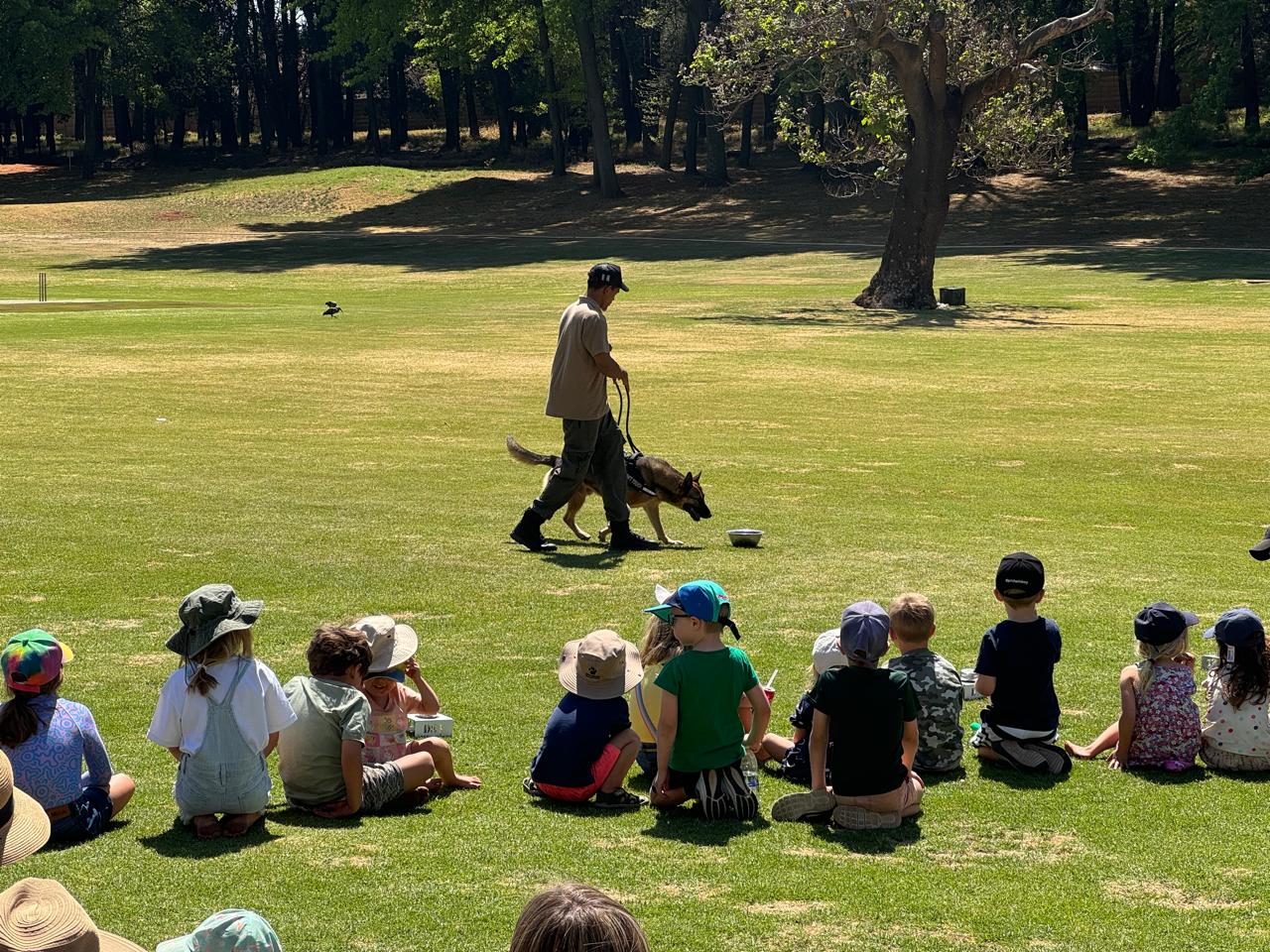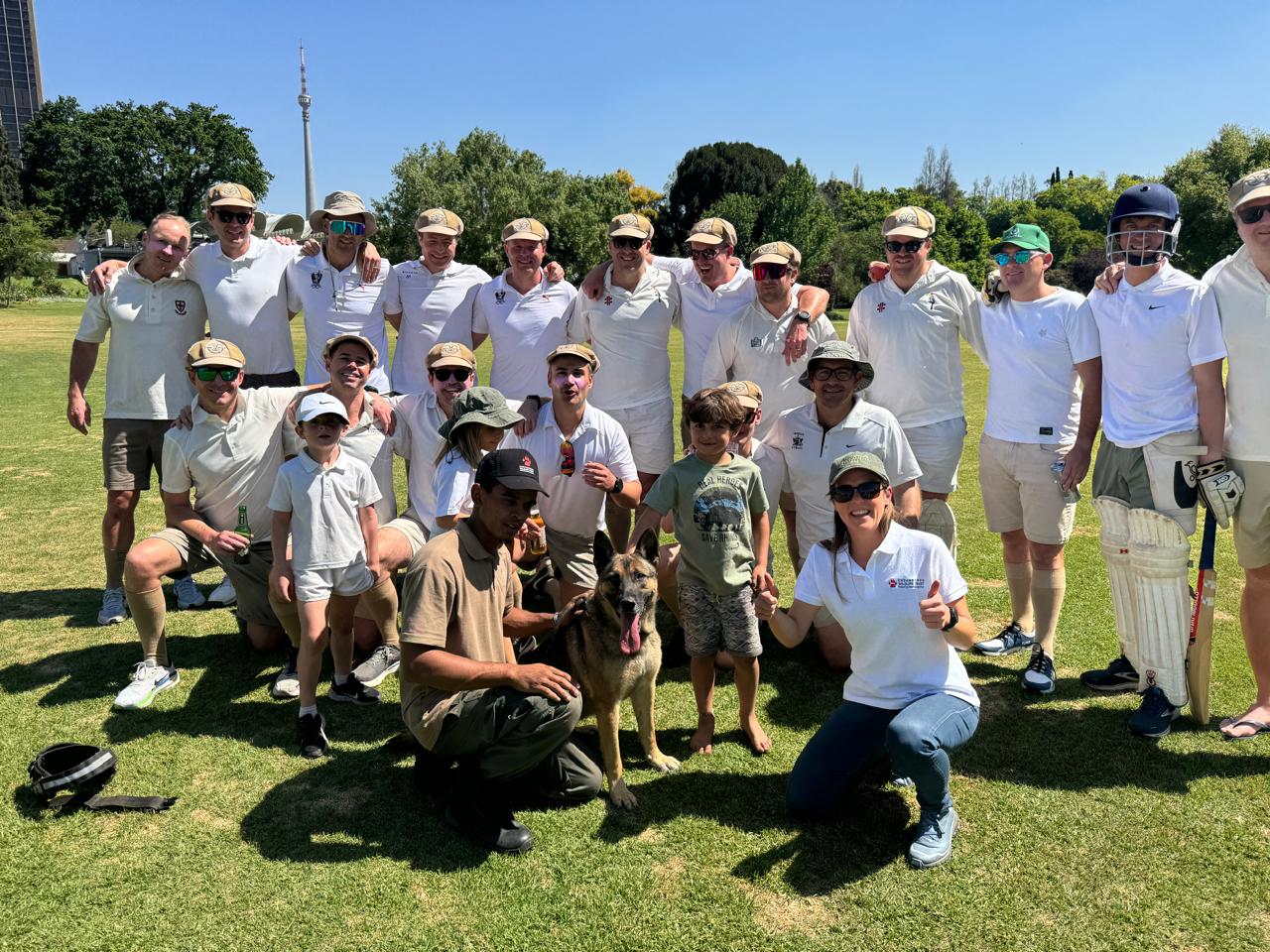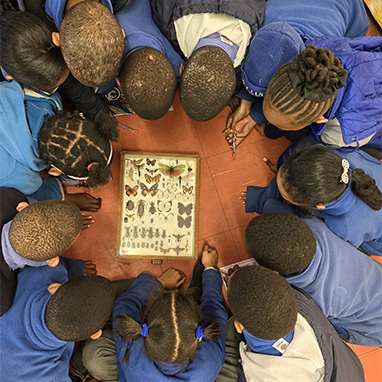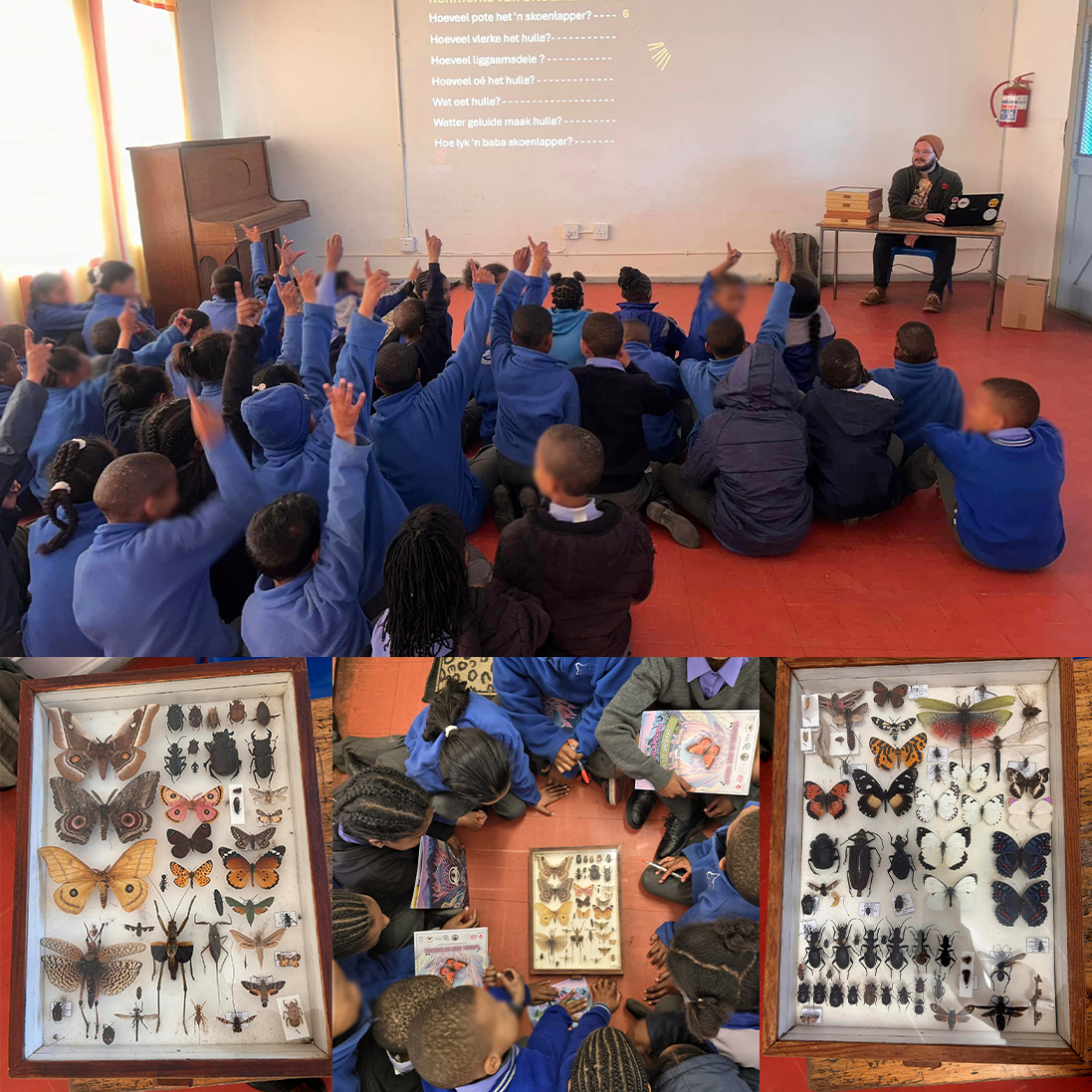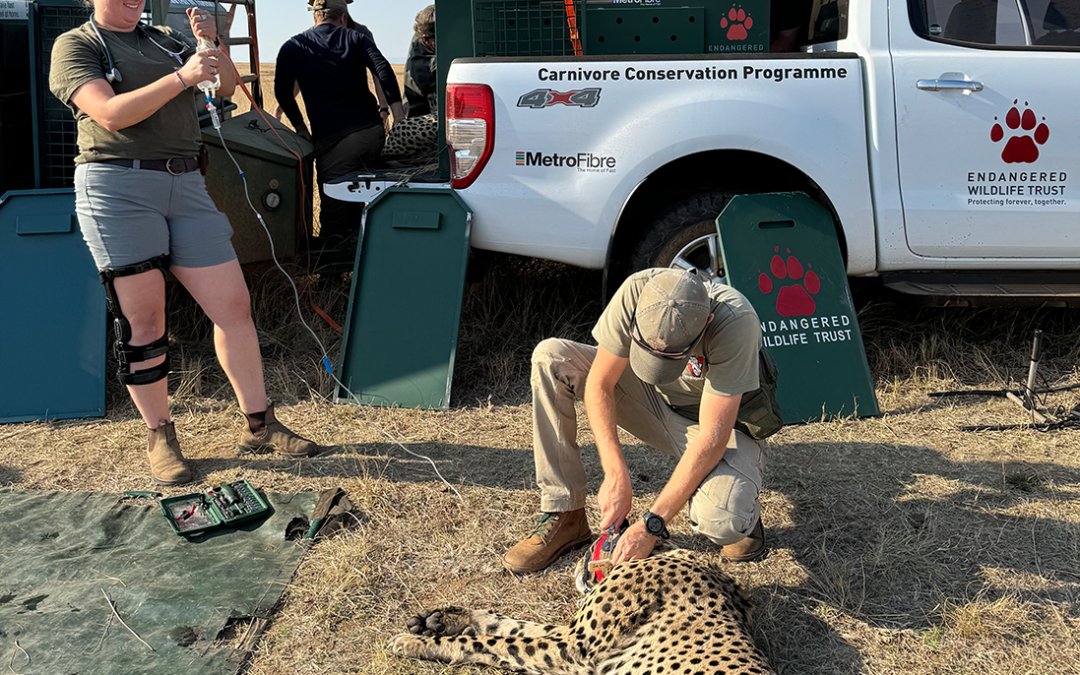
Cheetah repopulation initiative in the Greater Makalali Nature Reserve
Cheetah repopulation initiative in the Greater Makalali Nature Reserve
By: Mark Bishop – publisher and editor of Kruger2Canyon News
In a significant conservation effort, the Endangered Wildlife Trust (EWT), a leading conservation NGO with over 50 years of experience in southern Africa, in collaboration with the Greater Makalali Nature Reserve (GMNR), is spearheading a project aimed at revitalising the cheetah population in the GMNR. This initiative is part of the broader Carnivore Range Expansion Project, which focuses on species conservation across South Africa and neighbouring countries.
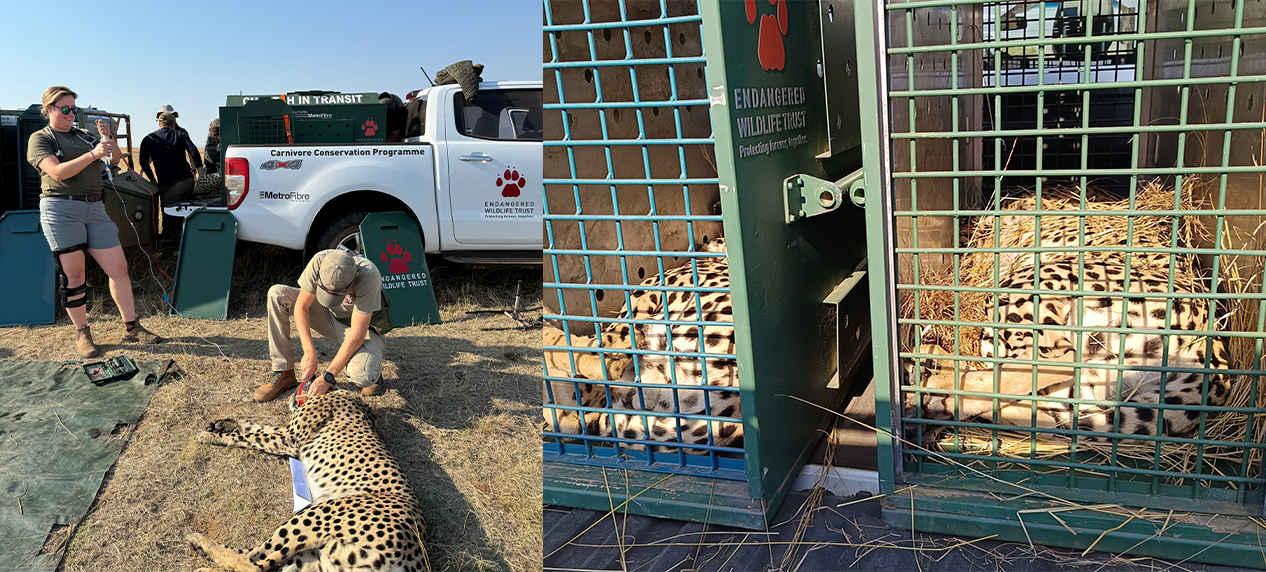
The EWT’s Cheetah Range Expansion Project Coordinator and Coordinator of Cheetah Advisory Group, Olivia Sievert says the success of the EWT’s work involves collaboration with various reserves—both private and governmental—throughout South Africa. These partnerships extend to Mozambique, Zambia, and Malawi.
“Cheetahs are facing a multitude of threats, including habitat loss, conflict with humans, and competition with other predators,” said Olivia. “Relocation efforts are crucial to maintaining genetic diversity and ensuring the species’ viability.”
Discussions began with the Makalali team two years ago, following a dramatic decline in the local cheetah population due to an overabundance of lions in the area, which had led to significant predation on cheetahs and a population crash around 2018.
A project like this one, involves carefully selected cheetahs being relocated to reserves where they can thrive and contribute to genetic diversity. There is an immense amount of ecological, habitat, predator and animal population data considered for any cheetah relocation – it’s not a matter of ‘we don’t have them, let’s put them in’.
As of 2023, with only two cheetahs remaining on the reserve, a new plan had to be developed. Antony Collett, the Warden of GMNR was already in discussion with EWT concerning relocation of cheetah onto the reserve. With only two resident individuals there was little chance that the population would bounce back. GMNR took the decision, in consultation with EWT, to initiate a program to bolster the dwindling cheetah numbers by relocating individuals from larger reserves that had experience with lion interactions.
Four cheetah – a female, her two sub-adult daughters and a male – were identified and successfully relocated from Tswalu Nature Reserve to GMNR. While the male cub tragically fell victim to a leopard, the remaining females have adapted well to their new environment and are now ready to be sired.
To strengthen the population, a coalition of four male cheetahs, led by Stompie (so called because of his short tail), was identified and moved from Inkomazi Game Reserve near Barberton, and recently released onto the GMNR. Stompie joined the coalition of three males – he is unrelated, and formerly a lone male – and they have all been together for the lasty five months. The relocation process involved a meticulous planning and execution phase, with the cheetahs being carefully transported and acclimated to their new surroundings. The hope is that the coalition will successfully integrate into the GMNR ecosystem and contribute to the growth of the cheetah population.
“We are committed to protecting the endangered species that call our reserve home,” stated Antony. “The introduction of these cheetahs is a strategic step towards restoring the balance of the ecosystem and ensuring the long-term sustainability of our wildlife.”
Cheetah cubs typically stay with their mothers for 13 to 16 months, forming strong sibling bonds until they are ready to establish their own territories. This relocation strategy ensures that the males remain a cohesive unit, promoting social stability and survival in their new home.
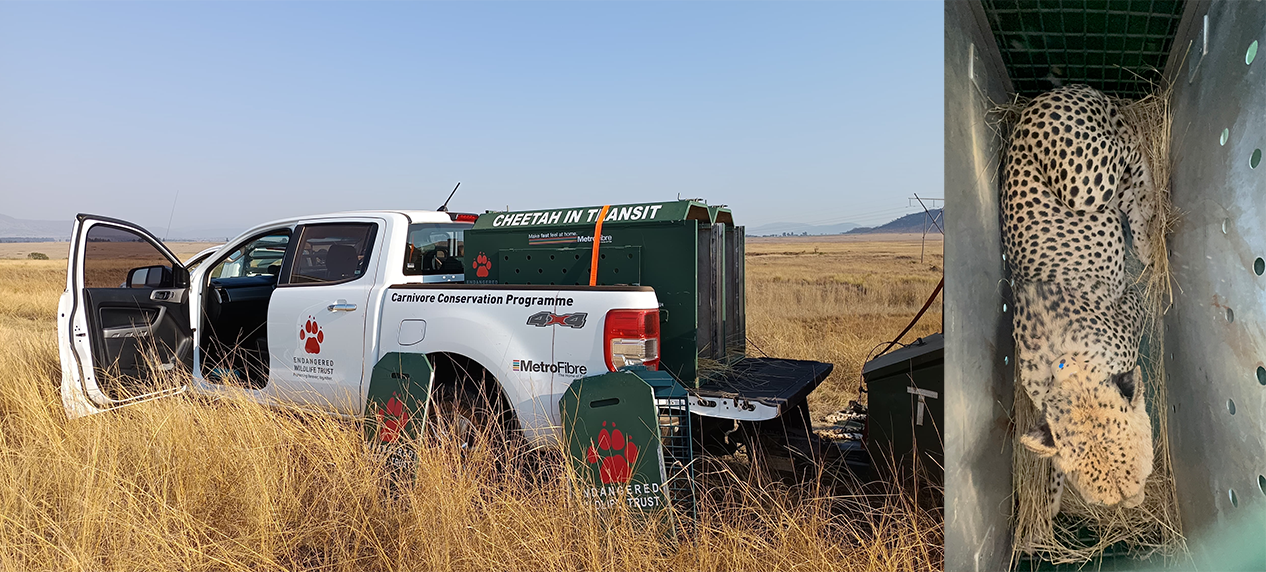
Collett emphasises the responsibility of reserves as custodians of endangered species, highlighting the need for sustainable land management practices. He noted that in the past the lion population was higher in the GMNR, but that between 22 – 25 lion is considered as the ultimate goal and as a sustainable lion population for the reserve. This change, part of a collaborative effort with the Lion Management Forum, also aims to maintain and contribute to ecological balance and enhance the reserve’s biodiversity.
In addition to managing lion populations, GMNR is implementing a five-year burning protocol and bush clearance program to create more suitable habitats for cheetahs and other plains animals. The long-term vision is to maintain a healthy, sustainable population of big cats, but also to ensure the survival of the cheetahs by opening up more areas, thereby creating more favourable cheetah micro-habitats.
GMNR is presently home to five females (one of which is currently in a large ‘lion-free’ zone’ and which has just given birth to cubs) and the newly introduced coalition of males to add to the one currently on the reserve, which is the father of the newly born cubs. The hope is that the introduced coalition of cheetahs will successfully breed and contribute to broader conservation efforts by helping repopulate other reserves. This marks an ambitious first step toward establishing a self-sustaining cheetah population on the Makalali.
The relocation process involves a short acclimatisation period in a boma, allowing the cheetahs to adapt to their new surroundings before full release. The EWT’s approach ensures that the cheetahs are well-equipped to thrive in their new home.
As the reserve continues to expand – soon to add 6 000 hectares (30 000 hectares in total) including two river systems – the potential for multiple cheetah coalitions becomes increasingly viable. The reserve aims to create a self-regulating population, a rarity in conservation efforts.
Collett is adamant that “as a nature reserve, we need to be protective of the land and the animals in the area.” He emphasised the importance of sustainable wildlife management and habitat preservation in supporting the cheetah population.
The successful introduction of these cheetah will be measured in several phases: their ability to adapt post-release, establish comfortable territories, breed with the existing females, and ultimately, ensure the survival of their cubs. Achieving these milestones would not only signify a triumph for the EWT and the GMNR, but also mark a pivotal moment in the conservation of this iconic species in South Africa.
“We are committed to protecting South Africa’s endangered species and ensuring their long-term survival,” said Olivia Sievert. “The cheetah relocation project is a significant step towards that goal.”
